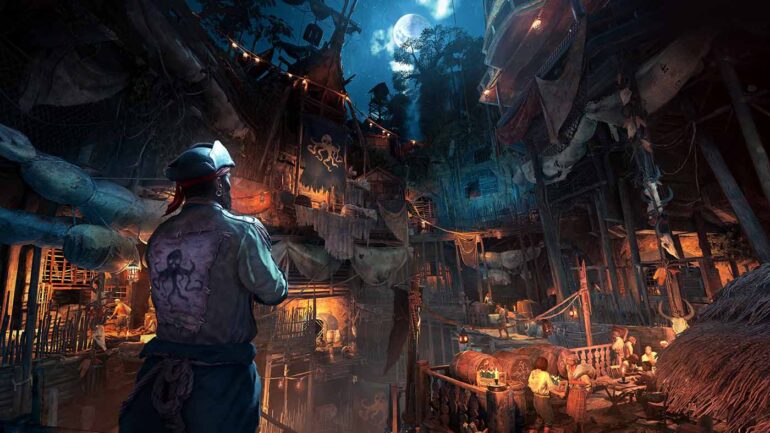Sitting in Ubisoft Singapore’s warmly decorated offices, walls adorned with splashy images of pirates on raging waters, watching an enthusiastic developer wax poetic about the science and magic behind in-game water modelling, you’d be hard-pressed to think Skull and Bones had had anything other than a standard production cycle. In many ways, understandably, the wider Ubisoft apparatus would prefer you to think that too, the game’s decade long development kicking off just as Grand Theft Auto V first hit the market, for reference. That’s ten long years of very public and increasingly scrutinised announcements, delays and course corrections, the horizon finally approaching as the game nears its (hopefully final) release date of February 16th next year.
The time has, at the very least, been kind to the game itself, as we came away from our extensive hands-on session impressed by its pirating spirit and surprisingly streamlined overall gameplay. But it’s impossible to sit here and unpack the identity behind Skull and Bones without at least trying to get a better appreciation of the human element behind its discoursed-to-death development. Sitting down with senior producer Neven Dravinski and game director Juen Yeow Mak, it’s clearly a talking point Ubisoft has anticipated.

“So I think if I were to speak for myself, it’s been an incredibly rewarding experience,” said Dravinski when I asked about how it had felt to be the people on the other side of such a public development cycle, “I’ve been now in Singapore close to two years, and I think, like most people at the end of the pandemic, was doing a lot of personal reflection, and coming to Singapore was an opportunity to go on my own adventure across the ocean, literally and figuratively.” It’s a nice sentiment, though everybody in the room knows what I’m really asking about and Dravinski muses on this. “And you’re right, this development has been tracked publicly. And I think for me, what’s been really rewarding is how over the past year the team really started to focus on what makes this game great, double down on the things that are positive and amazing, and the things that I think really reflect maybe the true Ubisoft spirit.”
Mak has been nodding along as Dravinski chooses his words, both men relaxed enough but understandably focused on this final development push for the game. “The rewarding part really is to see the team members who have been working hard with the project and have been with us for a long time, really bearing fruit,” Mak notes, “And also seeing that we are still offering a certain level of creative freedom to them while we try to close the game together and build a cohesive, good product.” There’s a lot to discuss about Skull and Bones, though the narrative around the game’s lengthy gestation seems to be choppy waters, and perhaps rightly so. Internal development processes are too often abstract to the general gaming market, production cycles and project directions typically rife with change only ever talked about several years post-launch, normalised.
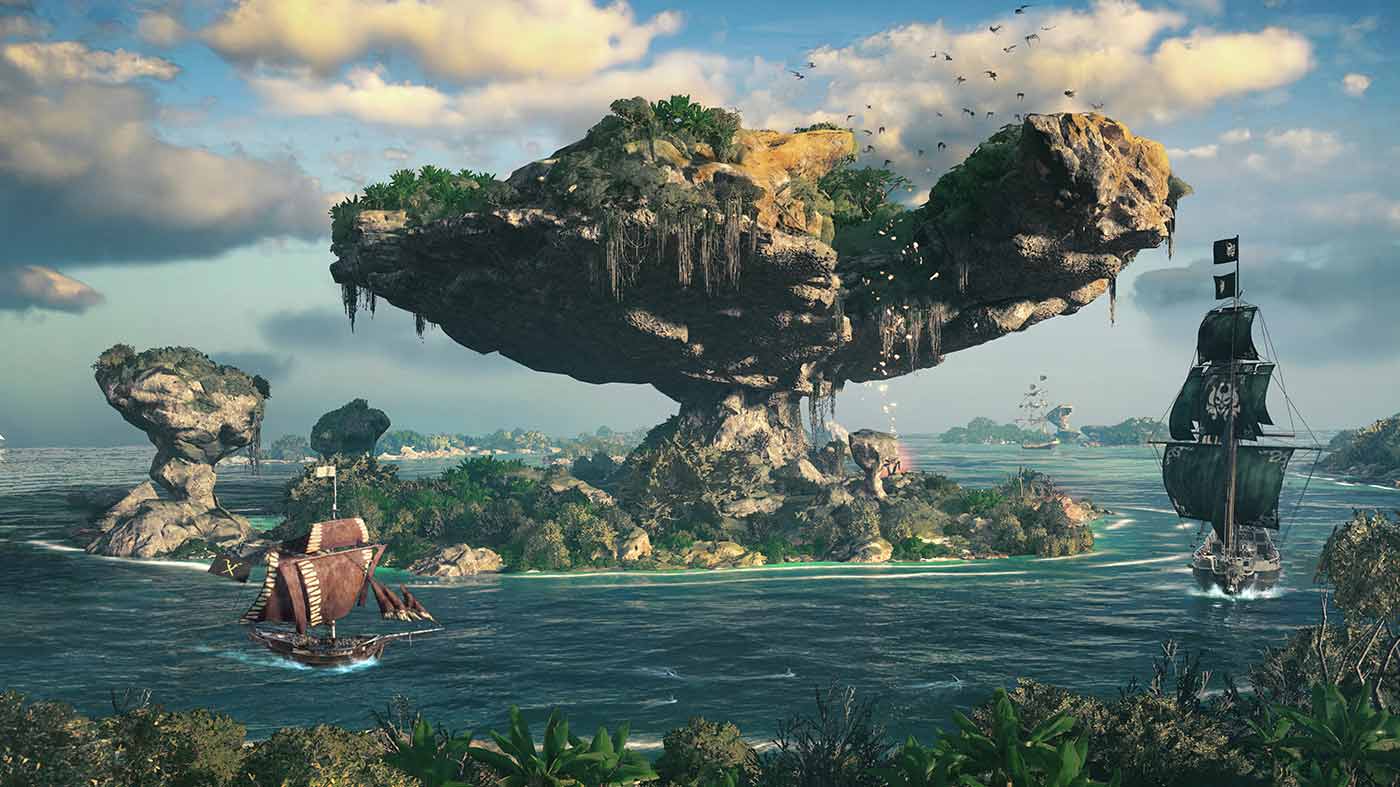
Skull and Bones’ growing pains have been made into Content, the ostensibly amorphous Ubisoft banner catching the strays of sharp media headlines and deliberately inflammatory YouTube rants. But wandering the halls of Ubisoft Singapore, chatting with artists and writers whose desks are messy with snacks and personal trinkets, pride flags awkwardly jutting out from monitor arms, you get an appreciation for the people behind the process. I can’t exactly blame Dravinski and co for wanting the world outside of their work to not exist for a day, even if I lament the loss of the stories of those who’ve had to steer this ship through an apparently endless storm.
From one challenge to another though, as Skull and Bones’ gameplay identity finally snapped into place, the game barrels toward another challenge, one that hadn’t even truly been conceived when development first began. “On the topic of live service games, I would say, I think what we have in terms of the sandbox multiplayer…it’s more about opening depth in the gameplay,” said Mak as we unpacked Skull and Bones entering into the crowded and fickle live service market, “and we take an iterative approach with our community. We take an iterative approach with our users, and test with our team members to start to build all the necessary depth in terms of combat, in terms of the world, in terms of the lore, in terms of the characters. I think this is where I feel Skull and Bones will actually have a different kind of experience.”
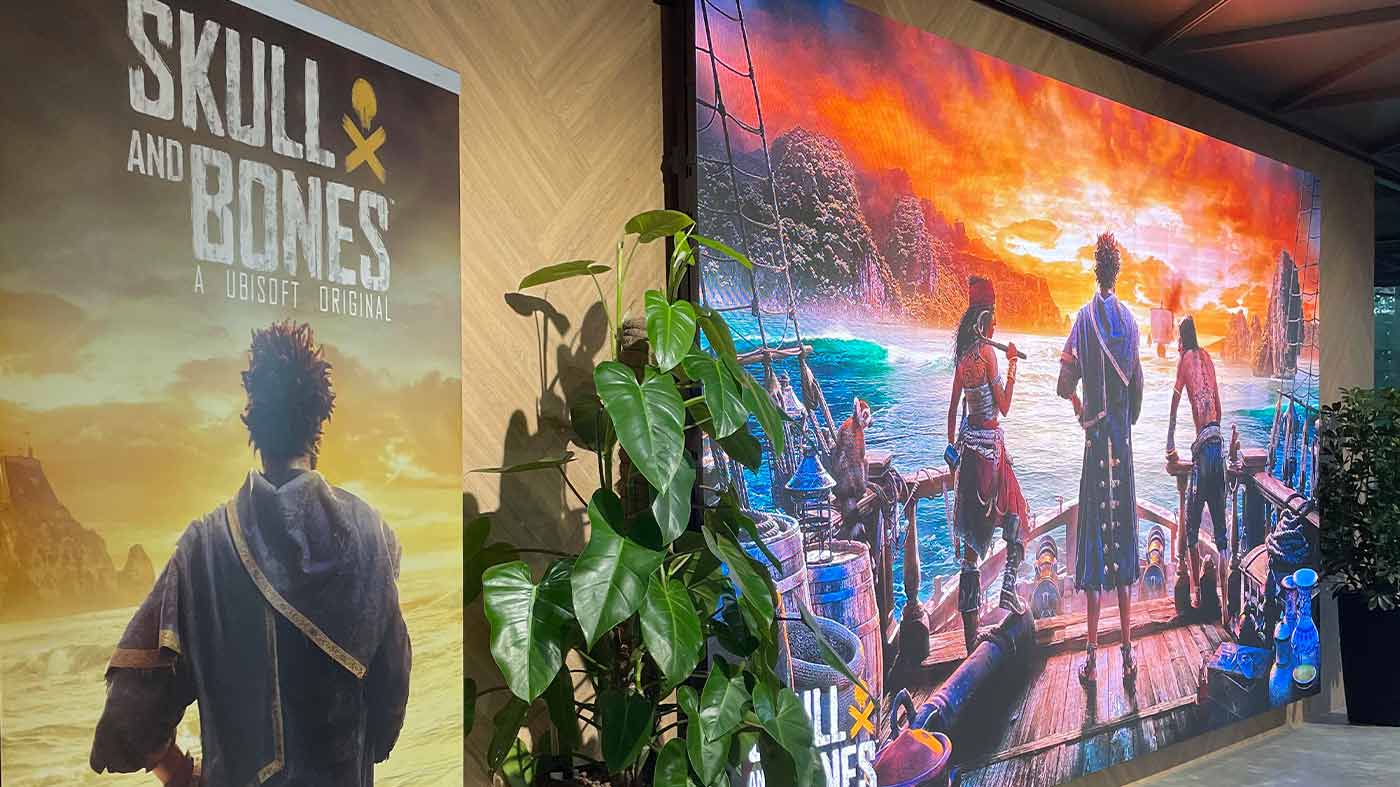
The community has seemingly played a massive role in the development of Skull and Bones, the team discussing at least six different Ubisoft Insider programs during which hand selected players would run through the Beta content and provide extensive feedback. A real-time fan response system built right into development, a point of both freedom and pressure Mak reflects on. “I work in live games because I enjoy the process of actually getting real feedback. You’re kind of working with the players and this is something that I think the team has actually slowly got to get used to,” he says, explaining that the team is often also playing the game internally to get an appreciation of the holistic experience, “…over this whole process of really getting feedback and playing, our team members actually get to understand more about what players really want. And I think that’s where we actually try to get all these things together to try to mould something that actually works for both parties.”
Davinski agrees, a producer who is already no stranger to strong player expectations and shifting markets thanks to his time on Call of Duty’s live services. “If we’re talking about pressure on the team, there’s no shortage of pressure. There’s always going to be expectations, there’s always going to be deadlines. And just the nature of this business and making games is hard, clearly. And there’s an art to deciding what’s important, what you put the priority on, and involving the community in that process, I think it’s a fantastic data point,” he explains.
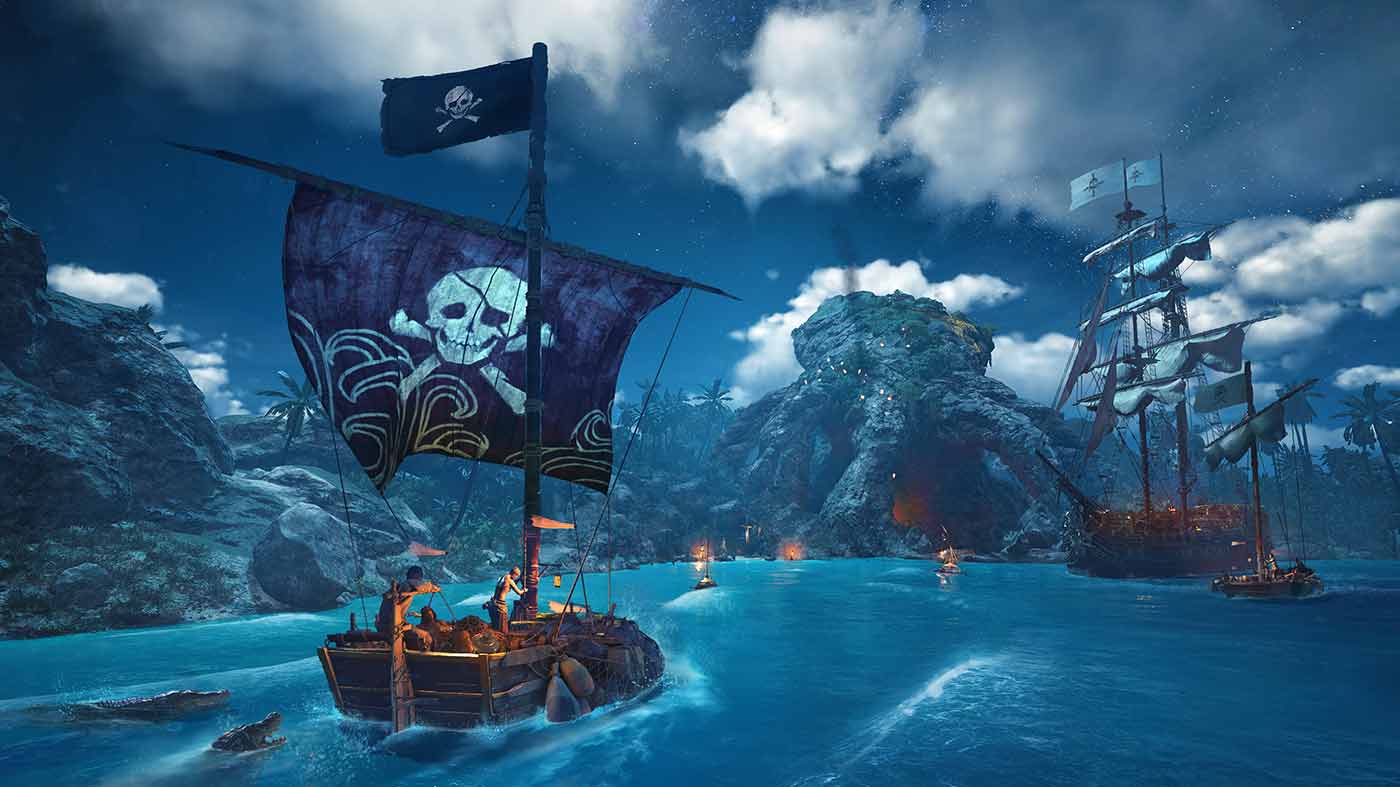
“We can’t forget that at the end of the day, we’re creating an experience that our players are going to be enjoying and we want them to enjoy for years. We want them to be spending their time with the things that we’ve created. So on one hand, we have to have a vision. We have to have a vision that creates a unique product, that creates a unique game experience in this industry of tons of amazing games and experiences. And we think we have a strong entry in there, but we also have to take note of what’s resonating with our players. Who’s playing this game? How do they enjoy this game? And we have an incredible amount of depth, I think, to look at and to experience across the board.”
Ubisoft Singapore has indicated that there will be more to share in time regarding the game’s long-term content plans, but it clearly has ambitions to see Skull and Bones catch the precarious winds of the live service market. An ambition I find both admirable and concerning, the game’s solid mechanical foundation and unique historical backdrop setting forth in search of waters many developers have dashed themselves against the rocks trying to find. Dravinski and I chat about those very waters quite openly, “It’s an incredibly unique opportunity in this industry. As you start looking at games that have been around for many, many years, and those are the games that are being played by the majority of people. It’s sequels, it’s these big brands. And so this opportunity, I think, represents an opportunity for the team and the company to create a new franchise.”
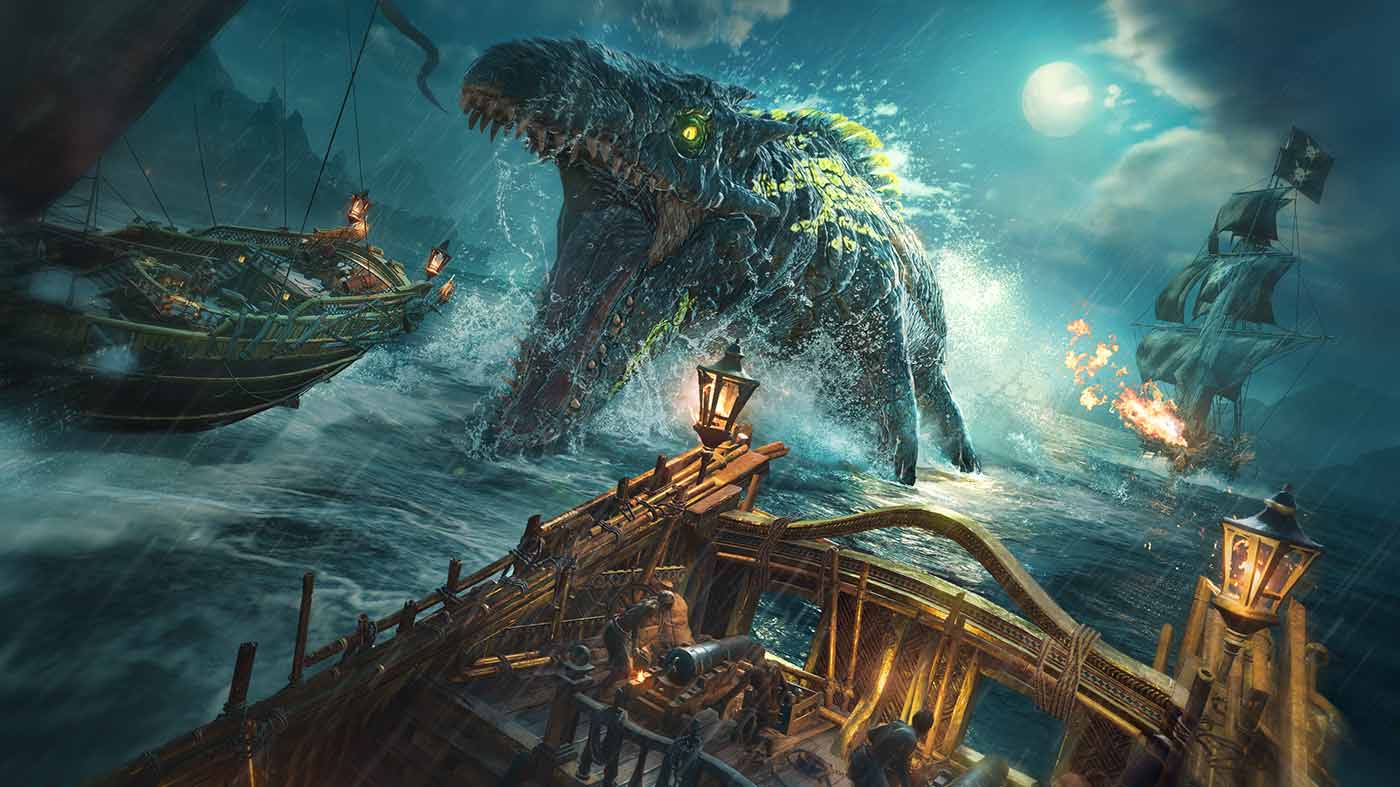
“And we’re not just interested in shipping a game. We’re interested in creating a franchise and an experience that we believe is cool and is fun and it’s positive and has a lot of opportunity to explore all these great things,” he continues, looking back on that prolonged development and the course it has ultimately led the game to chart, “And so we talk about the choices that we made. It was really about how do we create a world? A sandbox, right? Where you get to play with amazing ships and weapons, with these amazing locations in the Indian Ocean and features that support that vision.
“You have to have depth in combat, you have to have an open world that’s playable with your friends, co-op, getting to have your own ship, being able to make your own choices with a healthy dose of amazing adventures in PvE, but then also PvP opportunities. These were sort of the tenets that we believe are the recipes and the foundation for success. And now it’s up to us to get that out there, start seeing that live. And really, as we talk about going on this journey with the community and seeing what’s resonating, what are the things that we double down on? What are the things that we adjust and move forward from there?”
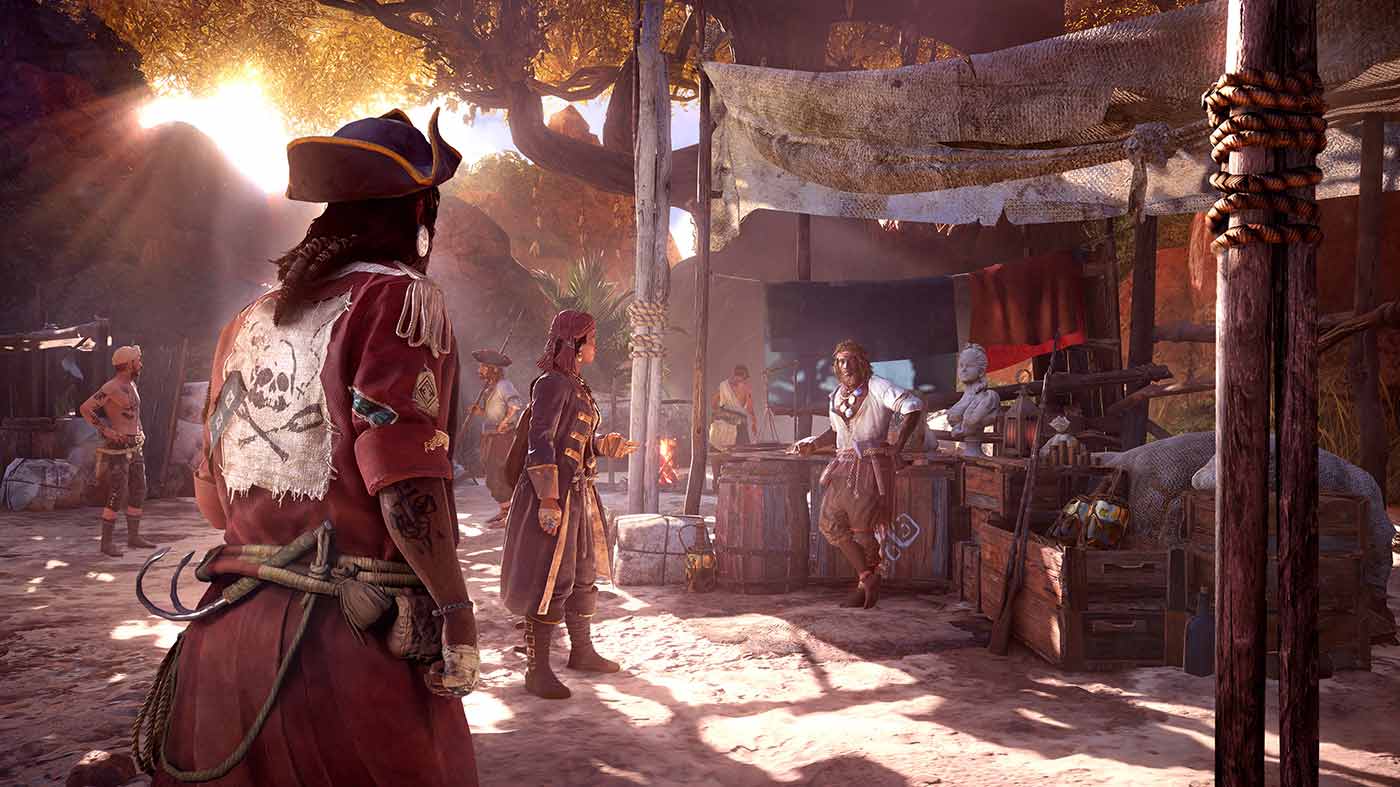
It’s a pertinent question, really, and one without any clear answer just yet. There are plans, of course, and grander goals for seasonal content and additional stories to tell, but the same flexibility of development that has allowed such a high level of player feedback and shifting priorities has left Skull and Bones in an incredibly fluid position. For years this has been a death mark on the game’s public perception, and for almost any other publisher it would undoubtedly be so, but there’s an enticing sense of the indefinite about Skull and Bones’ future that might just, ironically, prove to be the game’s greatest strength. The horizon may have shifted and titled beyond initial recognition, but this ship is finally on course to cross it, even if what lies beyond is the great unknown.
Skull and Bones launches on February 16th for PS5, Xbox Series X|S and PC. Amazon has pre-orders available for $89 with free shipping.


